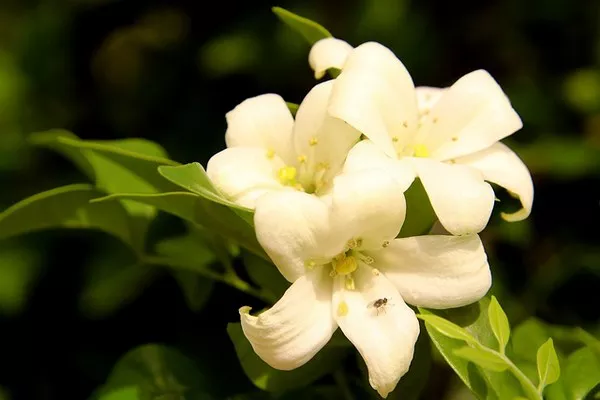Dragonflies, with their dazzling colors and graceful flight, are not only captivating but also beneficial for your garden. These incredible insects are not just attracted to any flower; they have specific preferences that can enhance their presence in your outdoor space. Understanding the types of flowers that appeal to dragonflies is not only a joy for nature enthusiasts but also contributes to a healthy ecosystem. In this article, we will explore the characteristics of flowers that dragonflies prefer, helping you create a dragonfly-friendly haven in your garden.
Colors that Catch the Eye
One of the key factors that attract dragonflies to flowers is color. Dragonflies are highly visual creatures, and they are particularly drawn to vibrant and bright colors. Shades of blue, purple, and white are known to be particularly appealing to these aerial acrobats. Flowers like blue salvia, lavender, and white water lilies are excellent choices to entice dragonflies to your garden. These colors not only make your garden visually stunning but also serve as a beacon for dragonflies in search of nectar and potential mates.
Shape and Structure Matter
Dragonflies have a unique anatomy that influences their feeding habits. Their specialized mouthparts, known as the labium, are designed for capturing prey in flight. Flowers with accessible nectar and landing platforms are more likely to attract dragonflies. Single-petaled flowers or those with a simple structure are preferable, as they provide easy access to nectar.
Coneflowers, daisies, and black-eyed Susans are examples of flowers that possess a structure conducive to dragonfly feeding. These flowers typically have a central disk surrounded by open petals, creating a landing pad for dragonflies to perch while they feed. Choosing flowers with these characteristics not only makes your garden dragonfly-friendly but also adds a touch of elegance to your outdoor space.
Scented Allure
While dragonflies primarily rely on their vision to locate flowers, scent can also play a role in attracting them. Certain fragrant flowers emit scents that can be enticing to dragonflies, guiding them to the source of nectar. Aromatic herbs like mint, basil, and rosemary can serve as attractive options. Additionally, flowers like jasmine and honeysuckle, known for their sweet fragrances, can create an olfactory allure that complements the visual appeal of your garden.
Water Features for Breeding Grounds
Dragonflies lay their eggs in or near water, and their larvae, known as nymphs, develop in aquatic environments. To encourage dragonflies to not only visit but also reproduce in your garden, consider incorporating water features. A pond or a small water garden can provide an ideal breeding ground for dragonflies. Water lilies, lotus flowers, and submerged aquatic plants contribute to a thriving aquatic ecosystem that supports dragonfly life cycles.
Sun-loving Selections
Dragonflies are cold-blooded insects, relying on the sun to warm their bodies and energize their flight. Therefore, choosing flowers that thrive in sunny locations can enhance the attractiveness of your garden to dragonflies. Sunflowers, marigolds, and coreopsis are excellent choices for sunny spots, adding a burst of color and vitality to your outdoor space while creating an inviting environment for dragonflies to bask and forage.
Avoiding Pesticides for a Dragonfly-Friendly Haven
To truly create a haven for dragonflies, it’s crucial to avoid using pesticides in your garden. Dragonflies, both in their adult and larval stages, are highly sensitive to chemicals. Pesticides can have detrimental effects on their population, disrupting their life cycles and diminishing their presence in your garden. Embracing organic gardening practices ensures a safe and sustainable environment for dragonflies to thrive.
Conclusion
Incorporating dragonfly-friendly flowers into your garden not only adds aesthetic appeal but also contributes to the well-being of these fascinating insects. By understanding their preferences for color, structure, scent, and sunlight, you can create an inviting habitat that attracts and sustains dragonflies throughout their life cycle. Remember to avoid pesticides and consider adding water features to provide a suitable breeding ground. With careful selection and thoughtful planning, you can transform your garden into a dragonfly haven, fostering a harmonious relationship between nature and your outdoor space.


